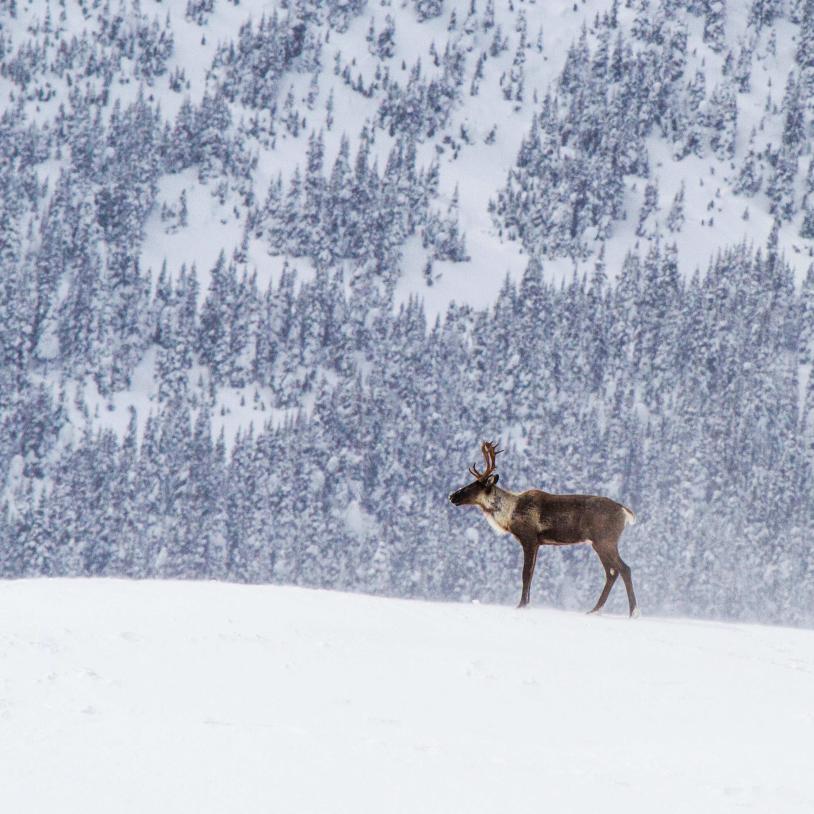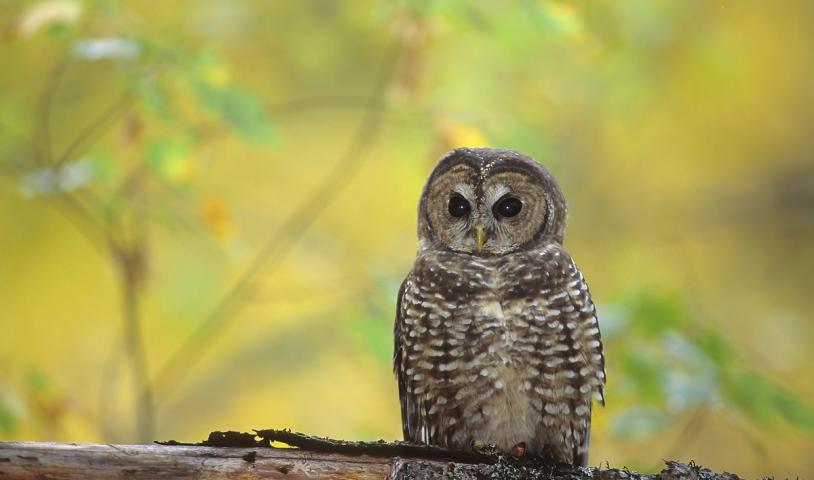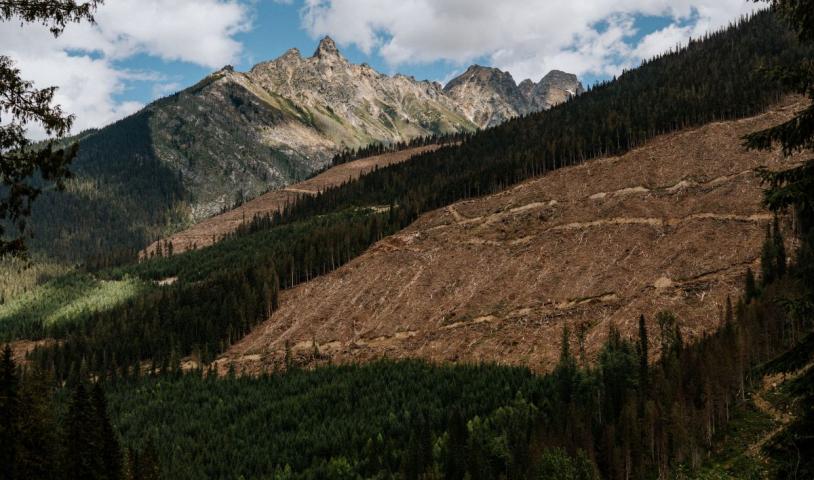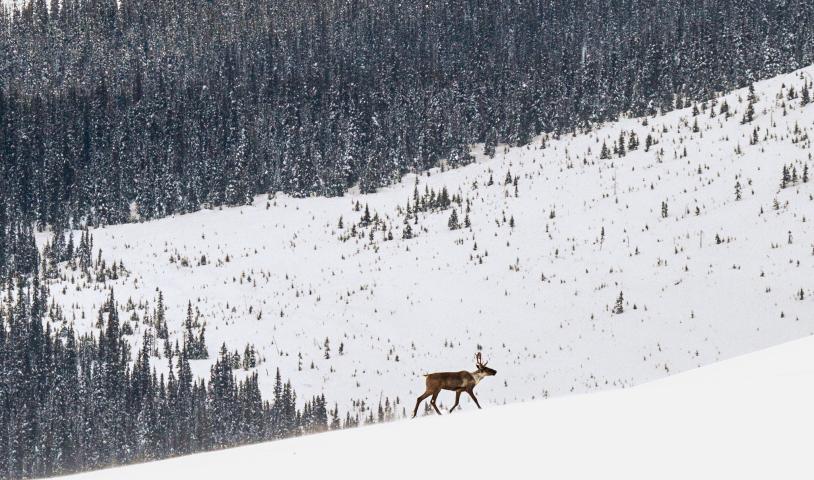Sweeping plan to save tiny fish
Monday, April 20, 2009To rescue B.C.s Nooksack dace, Ottawa has issued a recovery plan with broad implications for property owners
By Martin Mittelstaedt - The Globe and Mail, Wednesday, March 19 2008
The Nooksack dace is an obscure variety of minnow found nowhere else in Canada but four small streams in the Fraser Valley near Vancouver.
Its a homely fish not much longer than a ballpoint pen when fully grown, and it rarely travels farther than 50 metres during its entire lifetime. But the endangered minnow has set an unusual precedent that may have the potential to help many of Canadas hundreds of species at risk of extinction.
Fisheries and Oceans Canada last week quietly issued a revised recovery strategy for the minnow that covers privately owned land whose preservation will be critical if the small populations of the fish - noted for its large pectoral fins and a snout that overhangs its mouth - are to survive in Canada.
It is the first time Ottawa has issued a recovery plan identifying privately owned land as critical habitat that needs to be safeguarded to help an endangered species. In this case, there are about 650 properties lining the streams in which the endangered fish lives.
The identification could lead to some restrictions on how land is used, something that has often emerged as a flashpoint with landowners in the United States over preservation efforts for endangered species there.
"Because it was the first time in Canada that critical habitat was proposed for private lands, it was really important for the department to ensure that we got it right," said Allison Webb, regional director of policy for Fisheries and Oceans.
She said the government has tried to allay landowner concerns about the implications of living near an endangered species through consultations with those affected, mainly farmers and homeowners, and subjected its selection of habitat to a peer review to bolster its scientific validity.
Although Ottawa is required under the Species at Risk Act to include details of the critical habitat needed for endangered wildlife in all of its species recovery plans, it often fails to do so and didnt for the Nooksack dace last July, when it issued what it called its "final recovery strategy" for the fish.
The lack of habitat identification prompted three environmental groups last August to launch a lawsuit against the federal government over the issue. A spokesman for the groups said that the legal challenge was a factor forcing the government to issue a revised strategy. "The feds only do the right thing ... once theyre sued," contended Aaron Freeman, policy director for Environmental Defence, one of the groups that launched the challenge.
The groups intend to press on with their lawsuit in a bid to get a formal legal ruling that would force Ottawa to follow habitat provisions in the act in all future recovery strategies, according to Mr. Freeman.
He said the federal government is reluctant to identify areas that need to be preserved because this could lead to possible conflicts with the provinces, landowners or commercial interests.
Canada has about 400 endangered species.
Under the Species at Risk Act, the government has an obligation to draft recovery strategies that identify critical habitat "to the extent possible, based on the best available information."
According to records compiled by Environmental Defence, 91 species have final recovery strategies in place, of which only 18 have some critical habitat identified. The group termed the current governments compliance record with the law as "very poor."
The preservation of habitat is considered among the most important determinants of long-term survival for endangered species. Although many species face threats from chemical pollutants and hunting, among other perils, habitat loss is considered the major factor leading to wildlife declines for about 80 per cent of species in danger of extinction.
The destruction of stream habitat through dikes, infilling and drainage projects is the biggest threat affecting the future of the Nooksack dace, according to a 2005 federal study, although beaver dams and seasonal low water flows are also harmful factors.
The Nooksack dace is an unusual breed of minnow that is thought to have evolved as a distinct species in what is now British Columbia and nearby Washington State some time during the last series of ice ages.
The fish has already been extirpated, or made locally extinct, in many B.C. streams where it was abundant as recently as the 1960s. The minnow is also found in about 20 other streams in northwest Washington State, but its current status in the United States isnt known.
It is thought, however, that about 20 per cent of the fishs population is in Canada and 80 per cent in the United States.
The federal study said populations would recover rapidly if suitable habitat were available because the fish quickly reach sexual maturity, and breed prolifically, often more than once each year.
Nooksack dace
A small freshwater fish, the Nooksack dace takes its name from a river in Washington State. It was once plentiful in B.C. and Washington but has started to disappear as a result of construction, development and other human activities.
Fully grown, the fish averages 10 centimetres in length. Adults eat insect larvae and young dace feed on midge pupae and small crustaceans.
In B.C., the minnow is found in three small streams that feed into the Nooksack River in the lower Fraser Valley around Abbotsford, Aldergrove and Clearbrook. Adult members of the species are usually found in riffles - shallow parts of streams where water flows brokenly - with gravel or stony bottoms. Young dace are found most often in shallow, slow waters with sandy or muddy bottoms.
Source: Fisheries and Oceans





